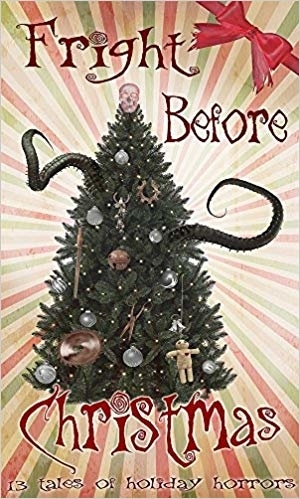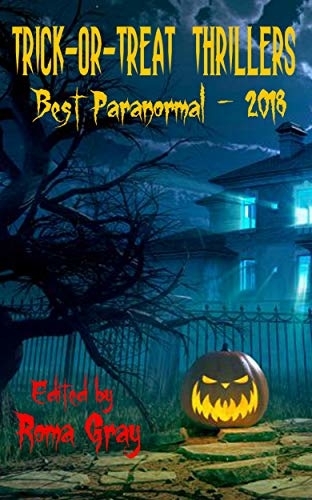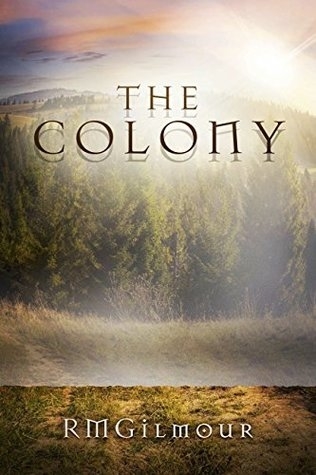Tabi Slick's Blog: My Writing Corner, page 10
November 1, 2018
You're invited to the 2018 Virtual FantasyCon!
 Come experience the magic!Beginning this Sunday, November 4, fantasy authors from around the book world will come together again for this year's Virtual FantasyCon.The Virtual FantasyCon is an online convention where you can find all the fantasy books your heart desires right from the comfort of your own home.
Come experience the magic!Beginning this Sunday, November 4, fantasy authors from around the book world will come together again for this year's Virtual FantasyCon.The Virtual FantasyCon is an online convention where you can find all the fantasy books your heart desires right from the comfort of your own home. Who will be there?Paranormal Romance authorsDark/Horror authorsSciFi authorsHistorical Fantasy authorsYA / Urban Fantasy authorsFantasy PublishersAnd, most importantly, we hope you...
Who will be there?Paranormal Romance authorsDark/Horror authorsSciFi authorsHistorical Fantasy authorsYA / Urban Fantasy authorsFantasy PublishersAnd, most importantly, we hope you...
Published on November 01, 2018 05:00
October 25, 2018
A Spooktacular Bookish Digest For October
 Good day, my fellow book ninjas!Halloween is just around the corner, so here's some spooktacular books to keep you on the edge of your seat this all Hallows Eve...
Good day, my fellow book ninjas!Halloween is just around the corner, so here's some spooktacular books to keep you on the edge of your seat this all Hallows Eve... ‘Tis the season to be screaming!Last weekend I was lucky enough to meet Ally Mathews at the Fort Worth BookFest. This lovely selection of short stories are perfect for Halloween!Ghosts. Monsters. Demons. And more!$3.99Available on Amazon
‘Tis the season to be screaming!Last weekend I was lucky enough to meet Ally Mathews at the Fort Worth BookFest. This lovely selection of short stories are perfect for Halloween!Ghosts. Monsters. Demons. And more!$3.99Available on Amazon Trick-or-Treat?Trick-or-Treat Thrillers all in one little package!Short stories from various awar...
Trick-or-Treat?Trick-or-Treat Thrillers all in one little package!Short stories from various awar...
Published on October 25, 2018 12:00
September 1, 2018
In case you missed August's Bookish Digest
 Hello my fellow bookish friends!August has been a pretty busy month, right? I'm in the middle of moving and trying to finish Timur's Escape for my editor, but I couldn't forget to get you all the book news you've been waiting for so here it goes.
Hello my fellow bookish friends!August has been a pretty busy month, right? I'm in the middle of moving and trying to finish Timur's Escape for my editor, but I couldn't forget to get you all the book news you've been waiting for so here it goes. TABI'S LATEST READS
TABI'S LATEST READS
 Currently ReadingAbout the Book:When Lydia is pulled through spacetime into Jordan’s plane of existence, she finds herself immersed in a world controlled by the Guardian, an artificial intelligence. The Guardian’s sole purpose is to...
Currently ReadingAbout the Book:When Lydia is pulled through spacetime into Jordan’s plane of existence, she finds herself immersed in a world controlled by the Guardian, an artificial intelligence. The Guardian’s sole purpose is to...
Published on September 01, 2018 09:47
August 12, 2016
My Book Review Rating System
Since I’m about to do a couple of reviews on some really top-notch stories I thought it would be an appropriate time as ever to talk about book reviews and how I rate them. This is a very important subject for authors and a particularly crucial one for indie authors. A review is so powerful that it can either lift an author up and promote growth or it can tear them down to the very core and make them want to crawl under a rock and never write again. So needless to say I take on reviewing a piece of work very seriously.
Obviously, a reviewer needs to be able to vent about the drama of the story, what angered them what made them laugh, what made them cry. We have all done this at greater or lesser heights throughout the Harry Potter books when we get into arguments about which is the better house, who is the greatest character, or why you did or didn’t like Snape. These kinds of things can all be really fun for an author to read because sometimes they’ve written a character in a certain light that is perceived differently when placed in the eyes of readers.
But what is not helpful is when a reviewer seems to nitpick at every little thing you did wrong in the book. Grammatical errors, talking trash about the author’s writing in general, as well as several other terrible crimes reviewers can throw at the author. You can dislike a character without disliking the author’s writing. Perhaps you were meant to not like them, perhaps this character was only supposed to be liked by half of the author’s readers. An author’s job is to plot which means you (the reader) might very well be the thing they are plotting for or against. Readers and reviewers alike would do well to remember this.
Anyways, a couple of weeks ago I realized that I was getting more and more requests to review books and I had no idea how I was going to be consistent and keep myself on track. So I created a vetting system that I am now using while reading and reviewing books.
First I had to decide that I was going to focus on. I didn’t want to get derailed and caught up by errors or technicalities. That’s beta reader’s job. I chose to focus on the fundamentals of the story when critiquing a piece of work and formulated seven questions adapted from ideas gathered from my Library’s Writer’s Support Group. These seven questions cover whether or not the characters are believable, how enjoyable the characters are, if the pace of the story or was too fast/too slow, whether or not there is conflict in the story, if there are any holes in the plot, if the point-of-view is consistent, and how enjoyable the overall story was.
I then rate each of these seven questions using stars as follows:
★ - Major problems!
★★ - Not awful, but had some issues
★★★ - Neutral
★★★★ - Good, but room to improve
★★★★★ - Excellent!
After this, I average the seven stars together using a star rating calculator and give it a rating between 1 and 5 stars. If it has six 5 stars and one 4 star then the overall rating would be 4.86. Since Amazon, to my knowledge, doesn’t allow for decimal points then I would round up or round down accordingly. Then I put it into a nice little report card to put at the end of written review.
It may not be a perfect system, but it gives me a way to actually “grade” a piece of work which I find difficult to do because it is entirely my opinion. But I also want to be sure that I am being consistent so this rating system has been quite helpful to me. It has allowed me to focus on what to look for in the book without having to take the fun out of reading.
My rating system is posted on the Review Policy page of my site: www.TabiSlick.com/ReviewPolicy
Obviously, a reviewer needs to be able to vent about the drama of the story, what angered them what made them laugh, what made them cry. We have all done this at greater or lesser heights throughout the Harry Potter books when we get into arguments about which is the better house, who is the greatest character, or why you did or didn’t like Snape. These kinds of things can all be really fun for an author to read because sometimes they’ve written a character in a certain light that is perceived differently when placed in the eyes of readers.
But what is not helpful is when a reviewer seems to nitpick at every little thing you did wrong in the book. Grammatical errors, talking trash about the author’s writing in general, as well as several other terrible crimes reviewers can throw at the author. You can dislike a character without disliking the author’s writing. Perhaps you were meant to not like them, perhaps this character was only supposed to be liked by half of the author’s readers. An author’s job is to plot which means you (the reader) might very well be the thing they are plotting for or against. Readers and reviewers alike would do well to remember this.
Anyways, a couple of weeks ago I realized that I was getting more and more requests to review books and I had no idea how I was going to be consistent and keep myself on track. So I created a vetting system that I am now using while reading and reviewing books.
First I had to decide that I was going to focus on. I didn’t want to get derailed and caught up by errors or technicalities. That’s beta reader’s job. I chose to focus on the fundamentals of the story when critiquing a piece of work and formulated seven questions adapted from ideas gathered from my Library’s Writer’s Support Group. These seven questions cover whether or not the characters are believable, how enjoyable the characters are, if the pace of the story or was too fast/too slow, whether or not there is conflict in the story, if there are any holes in the plot, if the point-of-view is consistent, and how enjoyable the overall story was.
I then rate each of these seven questions using stars as follows:
★ - Major problems!
★★ - Not awful, but had some issues
★★★ - Neutral
★★★★ - Good, but room to improve
★★★★★ - Excellent!
After this, I average the seven stars together using a star rating calculator and give it a rating between 1 and 5 stars. If it has six 5 stars and one 4 star then the overall rating would be 4.86. Since Amazon, to my knowledge, doesn’t allow for decimal points then I would round up or round down accordingly. Then I put it into a nice little report card to put at the end of written review.
It may not be a perfect system, but it gives me a way to actually “grade” a piece of work which I find difficult to do because it is entirely my opinion. But I also want to be sure that I am being consistent so this rating system has been quite helpful to me. It has allowed me to focus on what to look for in the book without having to take the fun out of reading.
My rating system is posted on the Review Policy page of my site: www.TabiSlick.com/ReviewPolicy
Published on August 12, 2016 06:03
•
Tags:
blogs, books, rating, review-policy, reviews



